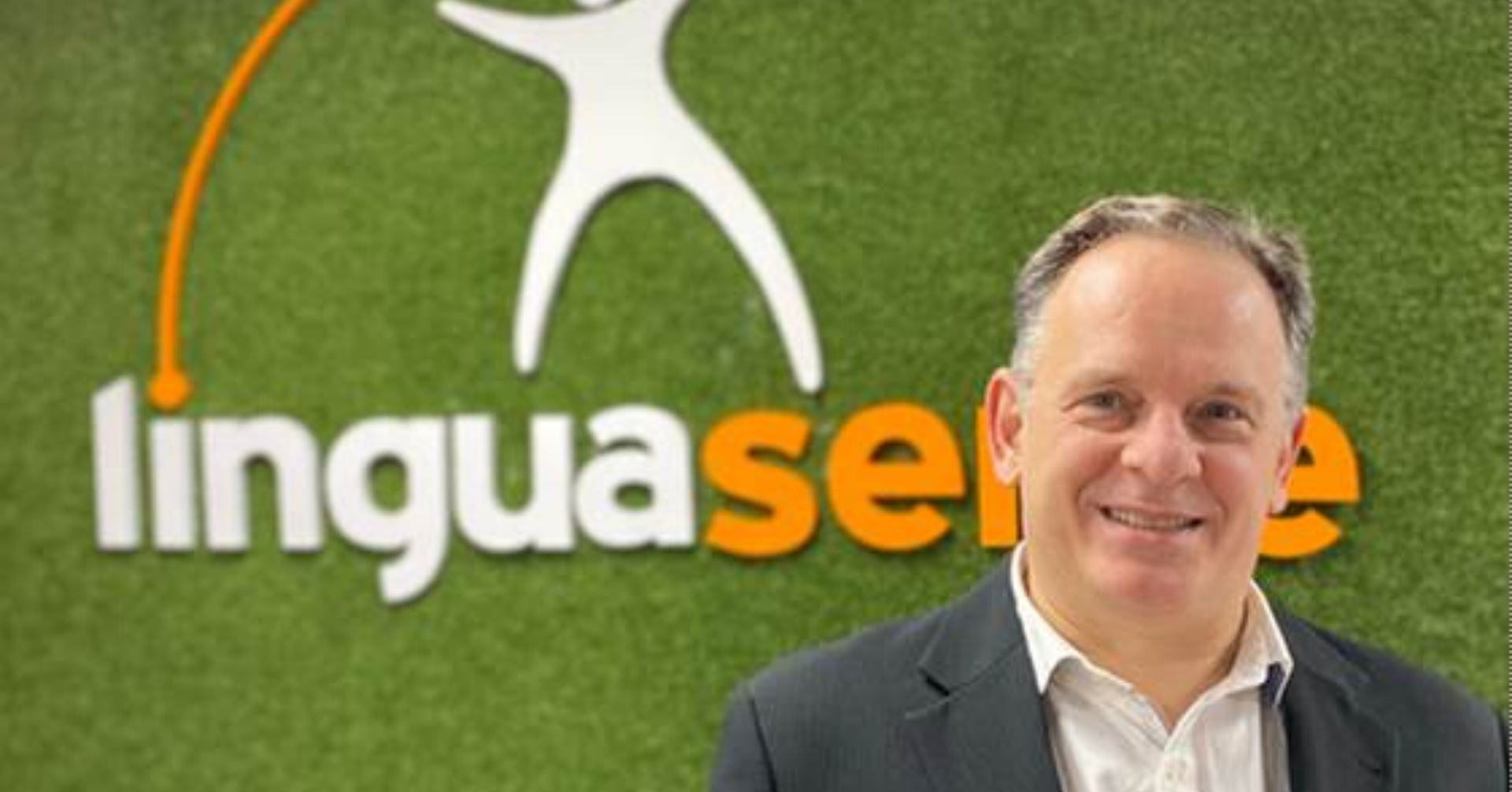The digital world is an essential part of our lives today. Language should not be a barrier when expanding your business internationally, as there are technological solutions in place that allow you to bring your business to any market regardless of the language.
Our Technical Director, Giuseppe Deriard, expert in website content localization, goes over the key aspects of this technique in the following interview:
1. What leads a company to opt for website localization?
The digital transformation and the opportunities offered by the Internet mean that any company can reach other markets, not just local ones, to promote itself, inform, and sell products. In order to do so, companies need to translate, adapt, manage, and publish their content on the Internet, e-commerce system, or any other web-based system. It has been shown that when content is translated well, it increases the value of the information offered therein, generates more trust, and allows a business to expand the number of potential users who can access and enjoy the content. All this leads to improved business performance.
2. What is the differential value and benefit of a multilingual platform for a company looking to grow internationally?
Localizing content on information systems, websites, apps, and multimedia resources is more than just simple translating. It also involves efficient management and, often times, automation of management processes, technical processing of formats, and adaptation of translated texts for technical, cultural, or dialect purposes.
A multilingual platform allows for professional management that, while disbursed and unattended in its operation, maintains centralized control of all the contents in the languages required by the customer. Its main advantage is agile, time-sensitive management (automatic or manual depending on the level of automation of the platform), as well as reduction in errors resulting from the process of localizing content on the website.
3. What can Linguaserve do to assist in this process?
Since its beginning in 2000, Linguaserve has been dedicated to the multilingual information society and, throughout its 20 years of history, has specialized and progressed in the multilingual processing of website content alongside the Digital Transformation. This content has particular characteristics that require special treatment when it comes to document translation, whether general or specialized (technical, legal, financial, or scientific).
The complex formats that must be processed in order to achieve correct localization; the large number of files comprising the pages and products on the client's website; the elevated number of target languages that often have to be handled simultaneously; the frequency of updates and the speed with which content must be delivered for uploading and publication in multiple languages; and the wide variety of types of content, both generic and specialized, that must be localized and monitored to guarantee consistency and quality with respect to the original content — all these factors together mean that only companies with the right technology and the capacity and experience to manage and translate content can offer clients the value they need at the moment and over time. Linguaserve helps its clients in all aspects of the value chain.
4. When is the right time to localize a website?
Whenever a company decides to make the leap to an international or multilingual setting, from the get-go, it is advisable to seek the services of a technolinguistic consulting agency for website localization. If this is not possible, we work with the client and the content management platform integrator to handle all the required multilingual content management and processing objectives afterwards.
As I mentioned before, web localization is not just about translating content in the final stages of a new website; it involves functionalities, requirements, and processes that are intrinsic to multilingual content management. IT companies that specialize in getting websites off the ground typically do not have methodologies, tools, and a team with the necessary experience in the different aspects of content localization beyond what is offered by the content management platforms themselves, in which they are more or less experienced. For example, there are several aspects of content management logistics, workflows, interoperability, or data structure that should be handled from the beginning, because they impact the base of the system itself.
5. What does the website localization process look like?
From the very beginning, it is essential to know the requirements and goals of the client. Best practices suggest that the process of localizing a website begins with a first contact with the client to understand their reality, needs, business objectives, and planned evolution, in an effort to begin shaping the linguistic, technical, and management aspects. Linguaserve's experience in these services across multiple sectors, coupled with a specific analysis of the system, content, and client goals, allow us to design a tailored project for said client. The number of languages and varieties to be translated, the categories of content at hand, the linguistic style and communication objectives to be conveyed in each language, the volume of pages or products that are uploaded regularly, the structures or collections that are published time and again, etc. are taken into account for the proposal.
Said proposal considers the technical, process, and automation solutions; the types of content; the linguistic quality plan and communication objectives; the planning; the service levels, keeping in mind the volume of content managed both now and in the future; and the most suitable cost-control mechanisms.
In this sense, depending on the type of website the client has, its technology, the magnitude, and the volume of generated (or modified) content, we can implement technology services, web services, interoperability services (GBC Server), reverse proxy, multilingual translation and publication (ATLAS-RT), or the client portal (GBC User), allowing us to automate, to a greater or lesser extent, the management and processes of the multilingual content, and thus tailor our services to the client, whether they are large corporations or organizations or SMEs.







